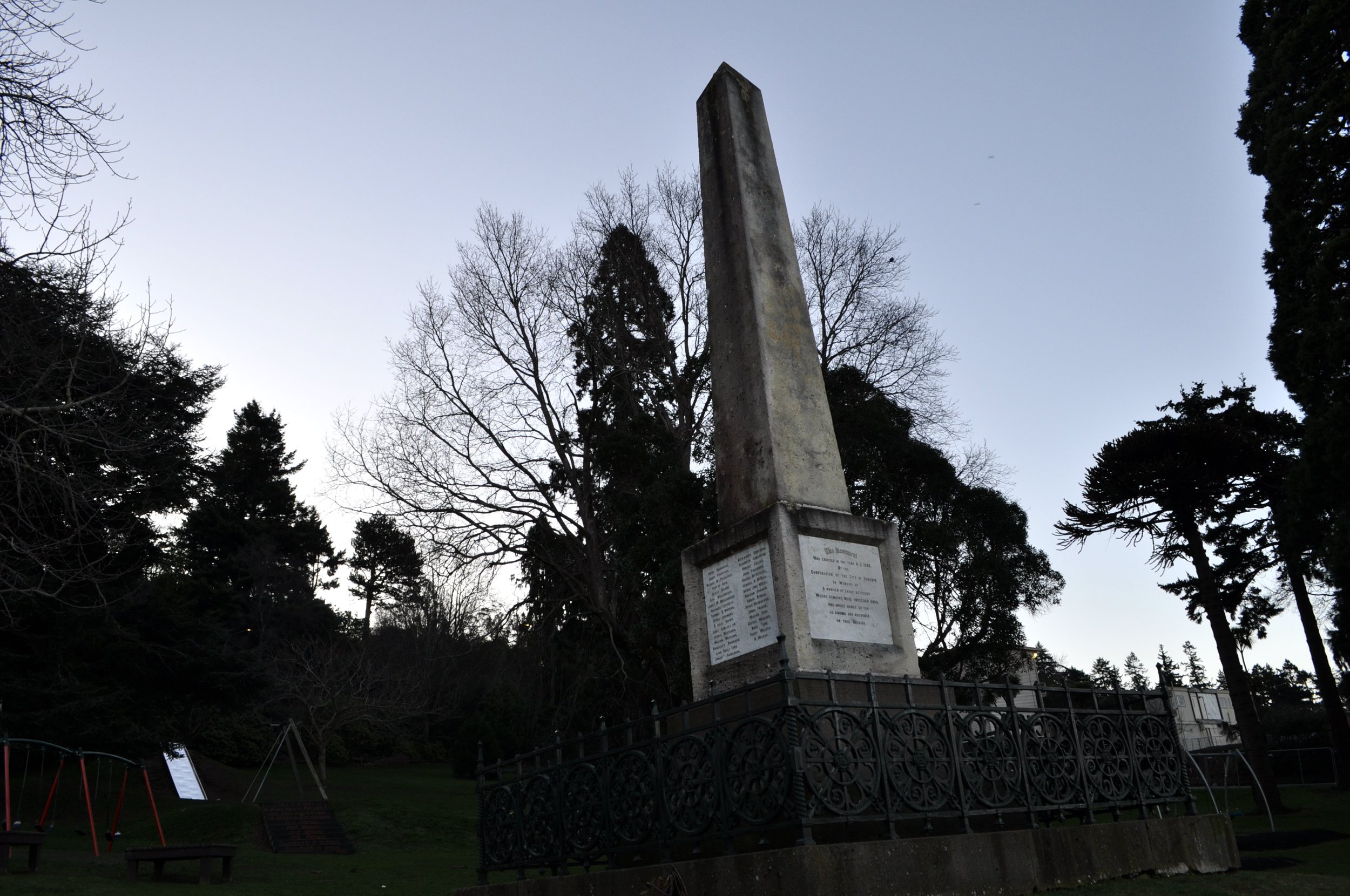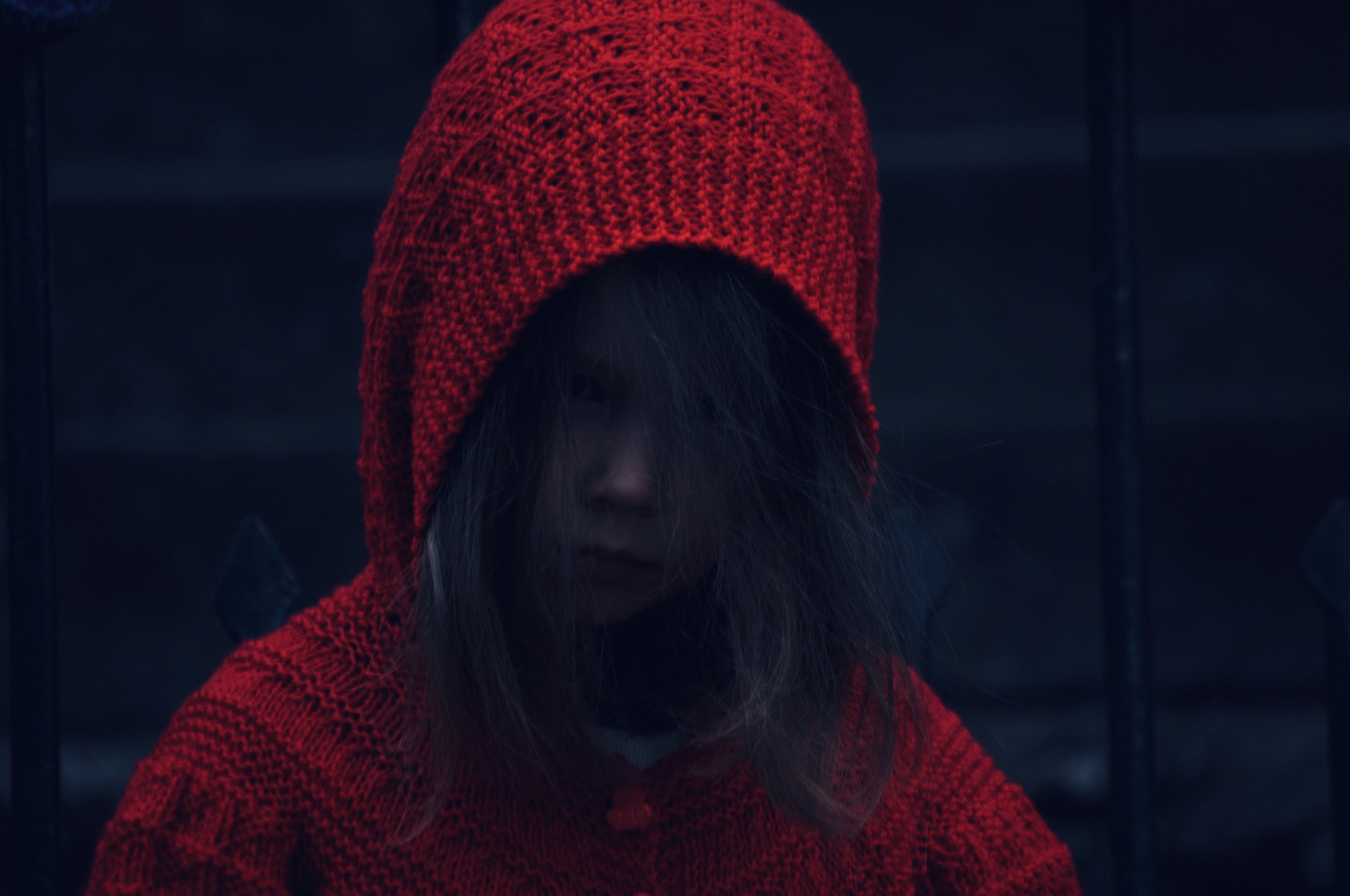Dunedin’s First Cemetery—Arthur Street
The first burial took place in Arthur Street in 1846, and it is thought that over eighty settlers were laid to rest here. Although as it turns out, not for long. The ever-expanding population and steep slopes meant that ultimately this was a poor choice for a cemetery. The general neglect of our first cemetery became an embarrassing eyesore, and I’m guessing hardly what the early settlers had in mind for their ‘Improvement Movement’. The most concerning aspect of the cemetery was not the fact that there was limited space, but the health issues surrounding poor drainage and the risk of contamination to neighbouring residents. On March 13th, 1858, it was decided that the cemetery would be closed. What was to follow next caused much debate and upset in the Dunedin community. It was finally agreed that the cemetery would be closed permanently and the bodies removed. The thought of finding a new resting place for your loved ones must have been traumatic, to say the least. The Southern Cemetery was the first choice at this time. The remaining unclaimed residents were moved to a single mound at the south-eastern corner of the site. The area was levelled, and in 1880 a monument was erected and dedicated to these early settlers of Dunedin.
In 1880 a monument was erected and dedicated to the early settlers who were buried here.
A lunatic asylum was built after the ground had been cleared and I’m guessing this was not a good idea. Following the demolition of the building, the area was simply used for grazing sheep.
There has been a lot of talk on tour over the years about this location, in particular, the underground waterways that flow down the hill and under some of Dunedin’s haunted buildings. Notably, the Fortune Theatre and the original public library building.
It is my opinion that this water is forever contaminated, maybe by the spirits who were disturbed from their resting place all those years ago. It is a Maori belief that water is a sacred life-giver and any misfortune close to a water system may result in an area becoming tapu. This could last for many years, and disturbing the dead would be seen as a great insult. Anyone responsible for this would themselves find personal misfortune.
This is a sad story, as many buried on this site were young infants.
On the bright side, if I were the ghost of a small child, I would be delighted at the present use … a children’s playground.
Arthur Street Playground.
A lady on tour one night informed me that her children would often comment on the sheep running around the cemetery site as they passed in their car. She claimed that they mentioned it daily but she had not given it much thought. I informed her that the site had been used for grazing sheep after the asylum buildings were demolished. You can imagine her surprise. Had her children seen ghost sheep from the back seat of the car?
Another evening while conducting a tour, a guest offered to share her experience regarding the first cemetery site. She explained that she had been a teacher at Arthur Street School for many years. Children would often come up to her in the classroom and say, “It’s not fair, how come we can’t play outside like the other kids?” She would go to the window and explain to the children that no one was playing outside. This repeatedly happened over the years, and eventually she came to the conclusion that maybe children can see things that us more sceptical adults cannot.
I see dead people.
This can be quite a spooky location at night, and I’m convinced the swings start swinging unassisted.
Probably a good idea to avoid the kids’ drinking fountain.
Dunedin is a Ghost Town- {1999-2019}




